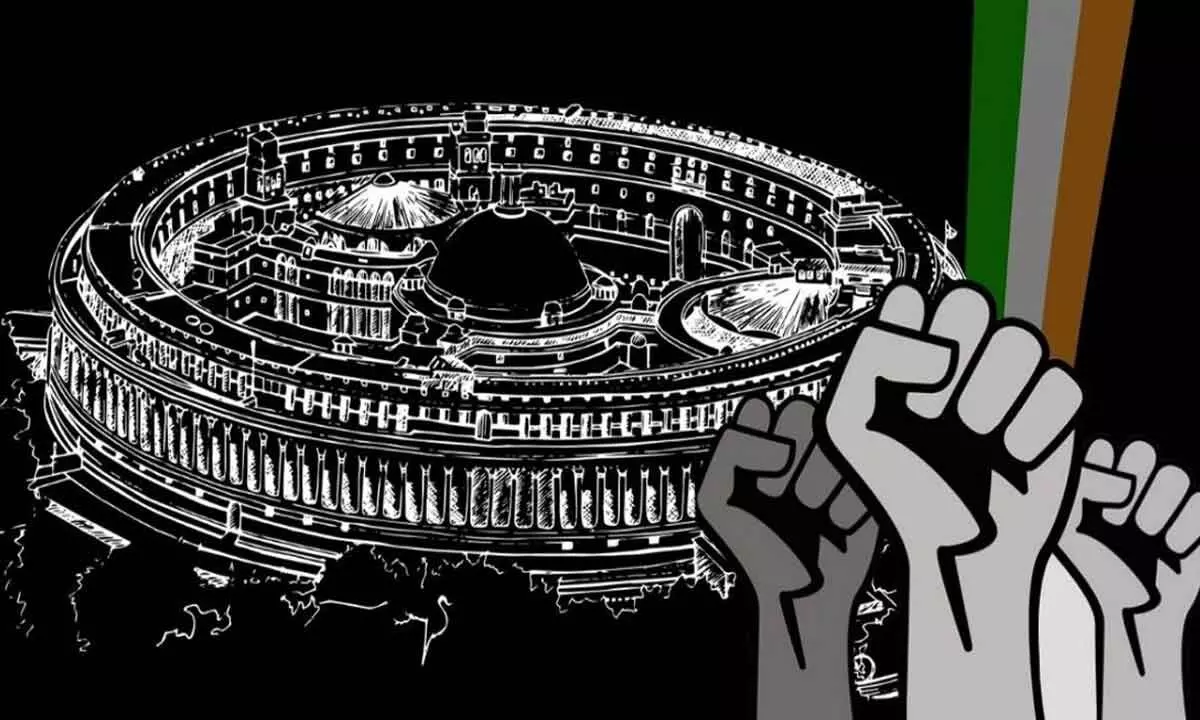Live
- TUC 2024: India’s campaign ends as both men's and women's teams go down in quarters
- NewsClick, others went to great lengths to paint CAA as discriminatory law targeting Muslims: Delhi Police charge sheet
- Illegal mining in Rajasthan: 4 FIRs lodged, 27 vehicles impounded
- Schools bomb threat: 125 calls received at police emergency number, says FIR
- In Gujarat, PM Modi's no-holds-barred attack on Cong, INDIA bloc over Pak's love for 'Shehzada' & 'vote jihad'
- BJP MP candidate Potuganti Bharat Prasad participated in the election campaign
- Over 97 per cent of Rs 2,000 banknotes returned: RBI
- India's coal output rises 7.4 per cent to 73.26 million tonnes in April
- Covaxin has excellent safety record, says Bharat Biotech
- Gold production from Indian mines surges by 86 pc in Feb, copper output up 29 pc









